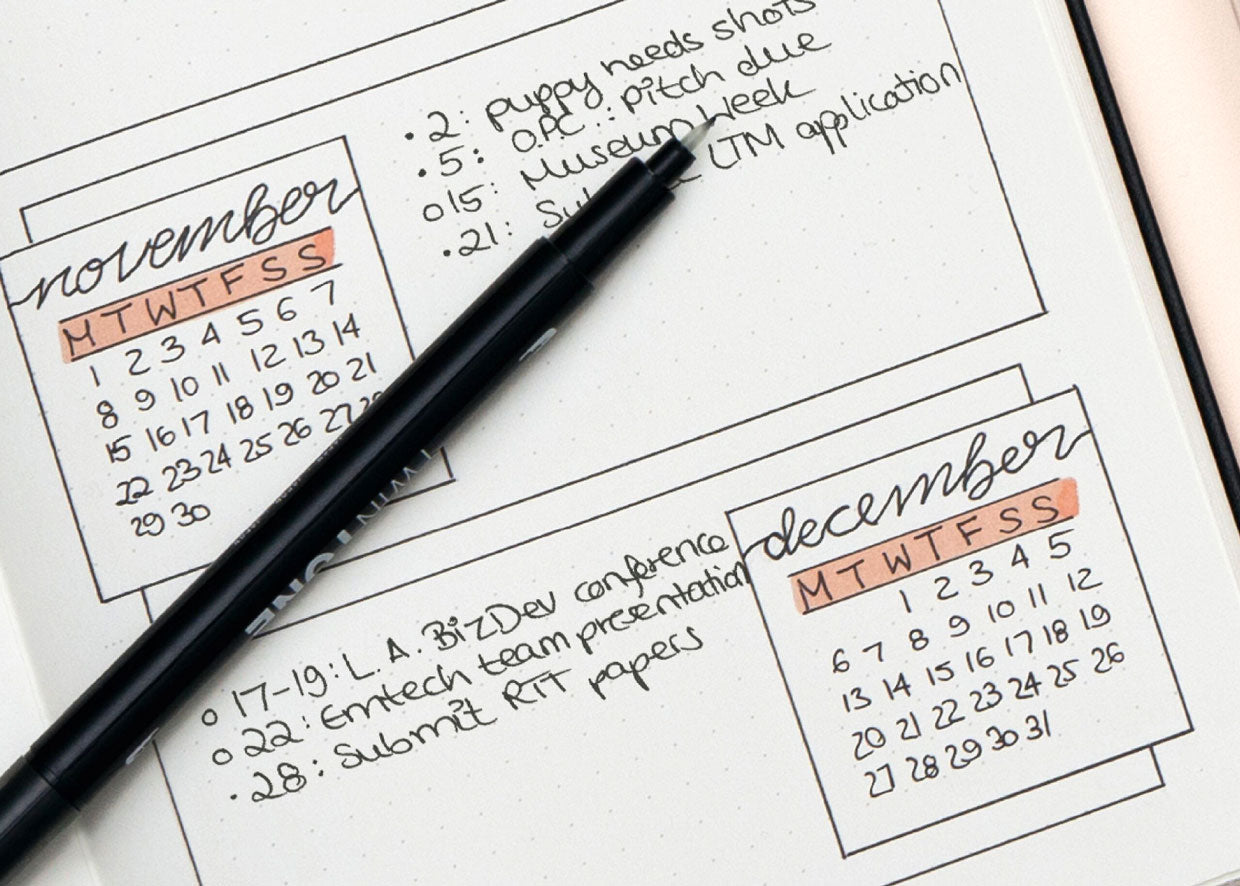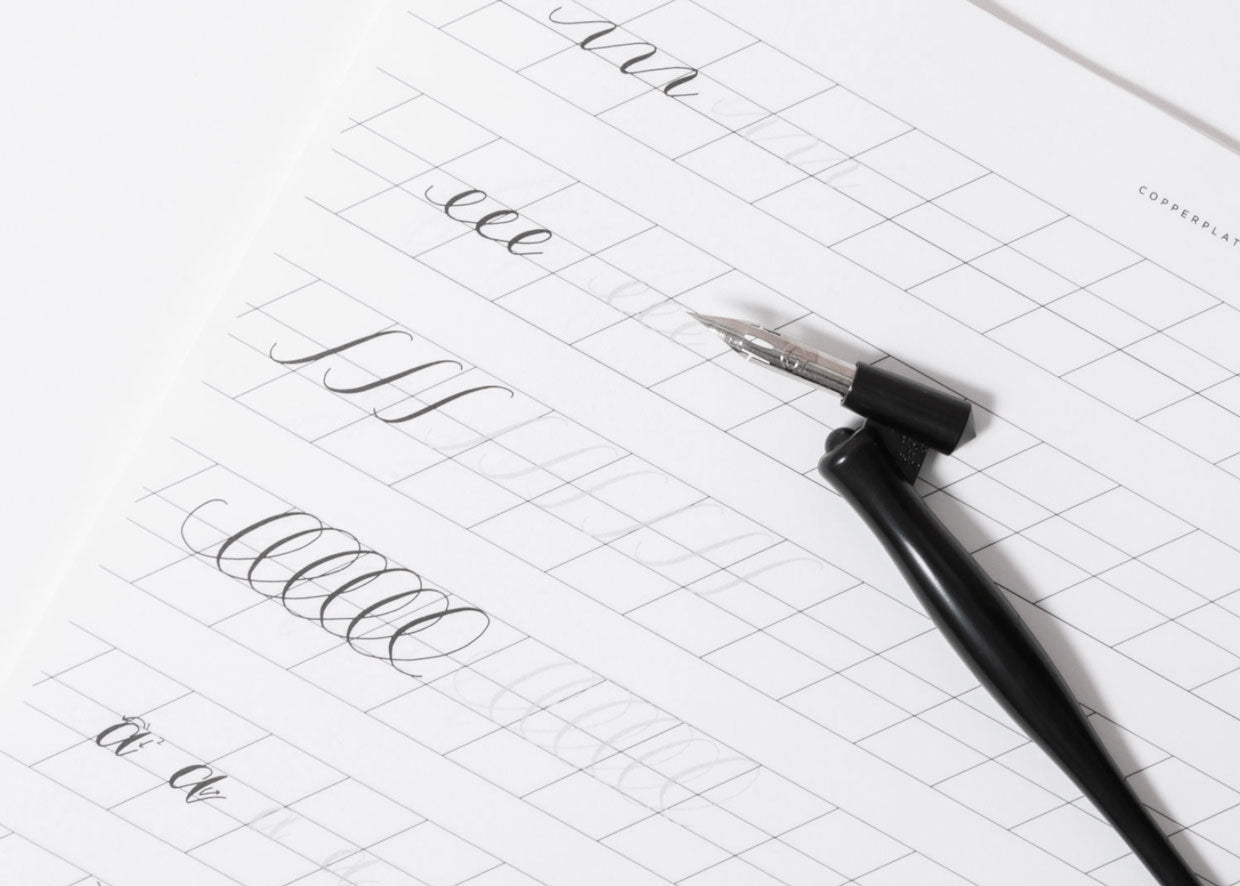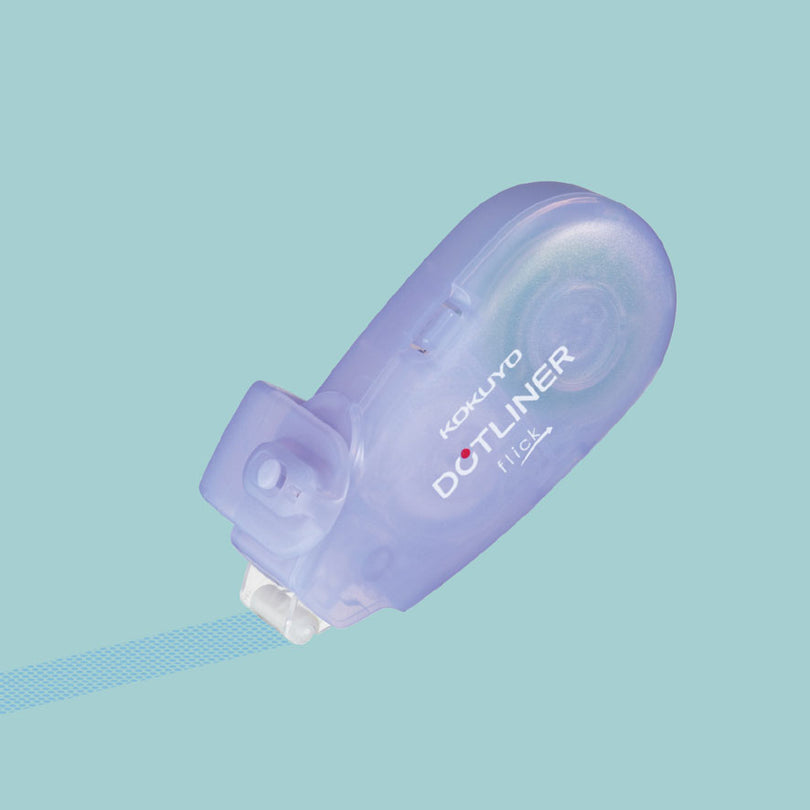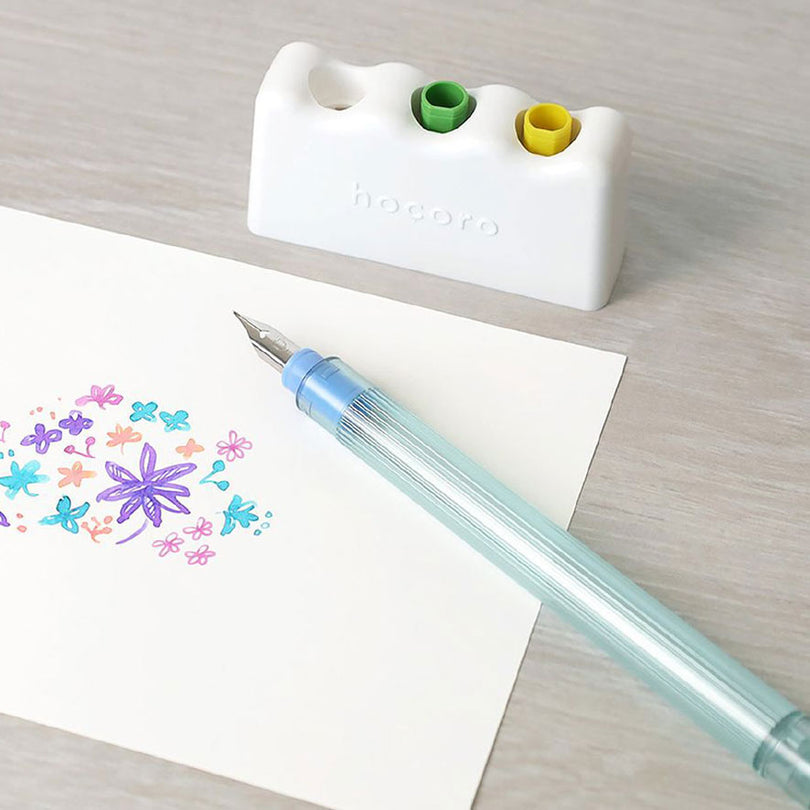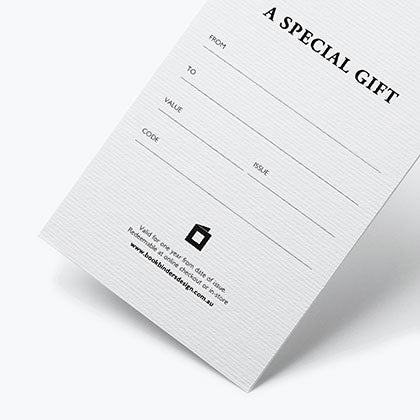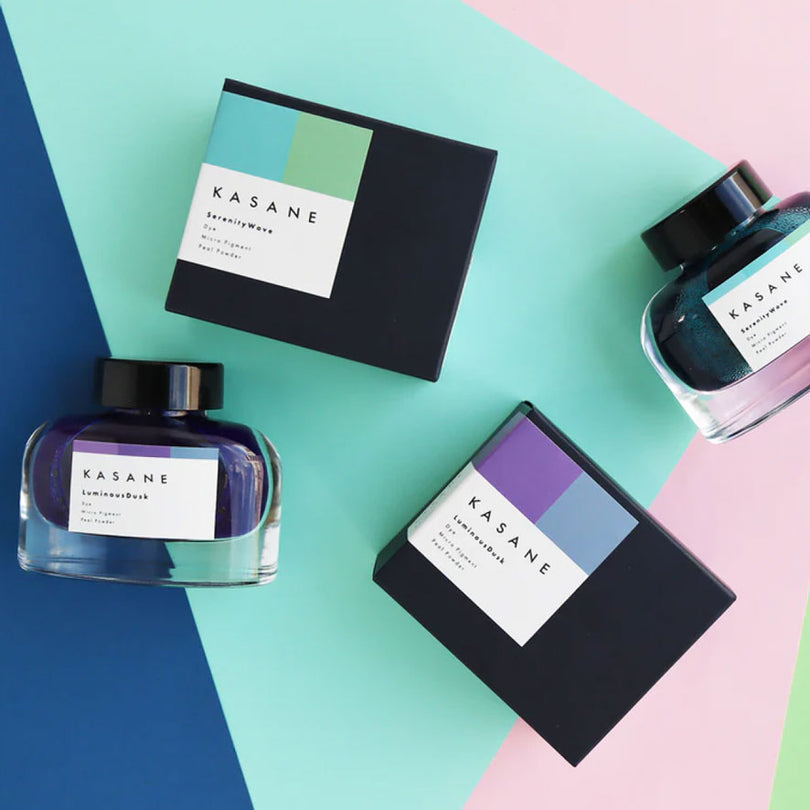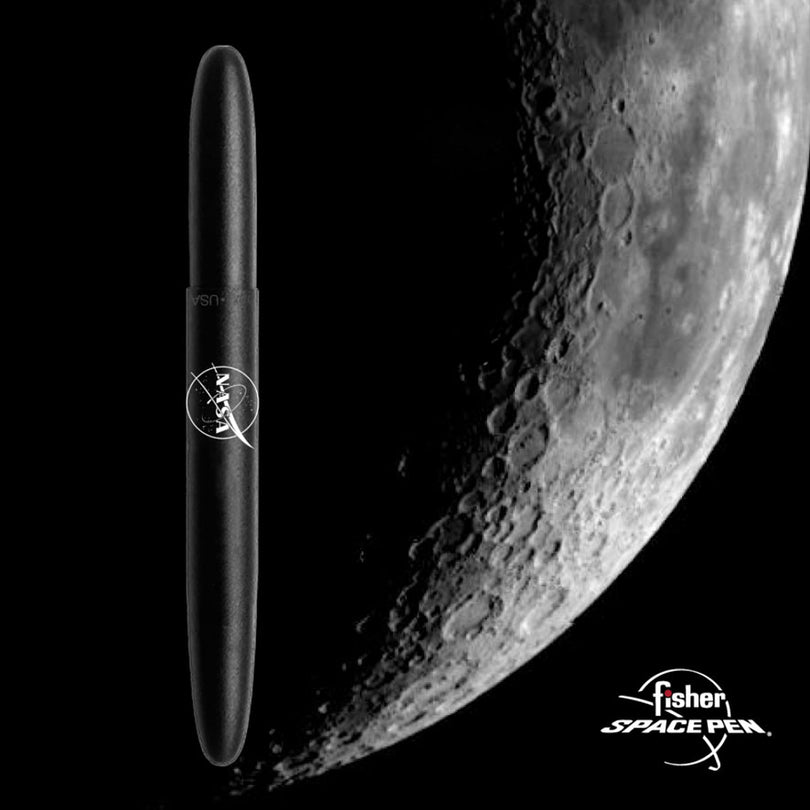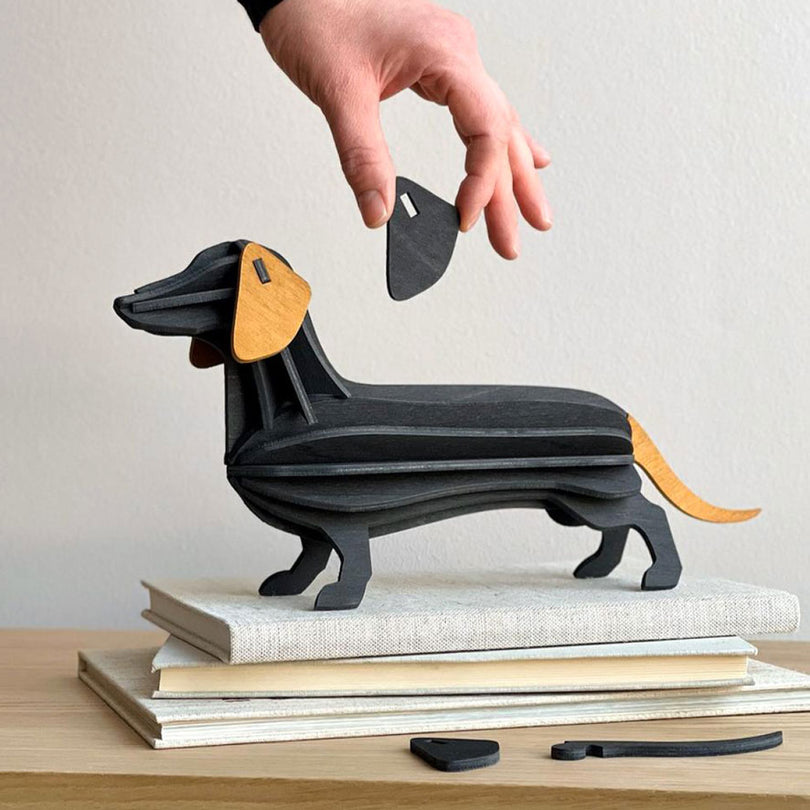For centuries, architects and interior designers have been inspired by Japanese design and aesthetics—its beautiful simplicity, functionality, the way it feels grounding and calming. Most interestingly, Japanese workspaces and tools seem to be perfectly in tune with the type of work one is doing.
Designing a workspace that honours and appreciates the principles of Japanese design is about creating a sanctuary that nurtures focus, creativity, and well-being. Known for its emphasis on minimalism, functionality, and craftsmanship, Japanese and Japanese-inspired design is a popular choice for those who value quality, sustainability, and thoughtfulness.
In this blog, we’ll explore how to incorporate some Japanese workspace design principles into your workspace, from practical storage arrangements to stationery essentials that elevate the experience. Let’s dive into how Japanese aesthetics and philosophy can help to create a workspace that inspires mindful productivity.
1. Embracing the Principles of Minimalism and Order
It begins with simplicity and intentionality. Less is more, not only in physical space but also in mindset. Minimalism is deeply rooted in Japanese culture, where empty space and careful organisation serve to free the mind from distraction. Principles of Ma (間), or what we know as ‘negative space’, and Oku (奥), signifying inwardness, can give us an idea of what we want to embody within such a space to appreciate and honour this beautiful philosophy. It is presence and mindfulness. What works for someone else might not work for you. Intuition plays a great part in creating a functional, productive space suited to your own deeper creative needs.
But where to start?
Consider organising your workspace by keeping only what you truly need and love within arm’s reach. By reducing clutter and introducing thoughtful organisation, you create a mental “blank slate” for your work.
Tip: Contemplate on some of the items you’re undecided about. Do they need to go, or simply be replaced by more practical, or more beautiful tools? Your space and your tools need to inspire creativity and productivity just as much as they need to be high-quality and functional. When choosing new items for your workspace, choose with functionality, aesthetics, and durability in mind.
Arrange items in designated spaces and include storage solutions that keep visual clutter hidden. Don’t just put it down—put it away. Minimalistic organisers such as filing boxes, magazine files, and ringbinders are excellent for storing documents and loose papers, keeping surfaces clear yet functional.
2. Infusing Elements of Nature: Bringing Calm and Balance
Japanese design has a deep connection to nature, with elements like stone, wood, and natural lighting used to create a harmonious and calming environment. You might live in the city, but incorporating natural, especially recycled materials, can soften the workspace, balancing old and new. Choose ceramic, wooden, leather or brass tools and accessories that last for years and react to environment, developing a unique patina over time. In Japanese culture, there is a unique appreciation for objects that, just like nature, change with time—a concept known as “wabi-sabi,” which finds beauty in imperfection and authenticity.
Tip: Aim for soft, diffused light that supports concentration and mental well-being. If natural light isn’t readily available, warm desk lamps can offer a similar effect, making the workspace inviting and comfortable.

3. Celebrating Craftsmanship and the Philosophy of Japanese Stationery
Japanese stationery stands out for a reason: it honours craftsmanship, quality materials, and thoughtful design. Brands prioritise sustainability, durability and user experience, which means each item is designed to last and bring pleasure with each use.
Why Japanese Stationery Makes a Difference
- Durability and Quality Materials: Japanese stationery is crafted to be durable, often using sustainable and natural materials. This commitment to quality ensures that items don’t just look good; they stand up to daily use and age beautifully, adding a lasting presence to your workspace.
- Innovation and Practicality: From multi-functional pens to innovative notebook designs, Japanese stationery brands are known for their ingenuity. Each item is crafted with attention to user experience, often featuring customisable and flexible designs that adapt to your needs.
- Sophisticated and Nostalgic Designs: Japanese stationery items balance modern aesthetics with a nostalgic charm. Cute designs, as seen in stickers, stamps or pens from Japanese brands like Midori or Zebra, offer a playful twist without overpowering the workspace, making them both stylish and purposeful additions.
Bookbinders Design celebrates these Japanese qualities with items like high-quality notebooks, premium pens, organisation solutions, and tools, giving you access to products that embody this commitment to both form and function.
4. Selecting Quality Japanese-Inspired Stationery for Daily Use
In Japan, stationery isn’t just a utility - it’s an art form that brings joy to everyday tasks. Known for its refined craftsmanship, Japanese stationery blends quality, innovation, and beauty. Using quality stationery can be transformative - not only does it enhance the user experience, but it also embodies respect for the task at hand.
Essential Stationery Picks for a Japanese-Inspired Workspace
Paper: Japanese notebooks, notepads, and loose sheets, like those by brands such as Midori, Tomoe River, and Traveler’s Company, are made with premium paper that’s smooth, durable, and fountain pen friendly.
Just like everything else, they are made with users in mind - your writing, drawing, and sketching shouldn’t be tainted by frustration over bleed-through, scratching, or feathering. Their simple designs are fitted to a minimalist workspace, but they also allow one to personalise it —in Japanese philosophy, an emptiness is seen as that which allows for endless possibilities.
At Bookbinders Design, you’ll find notebooks with high-quality paper for journaling, note-taking, and sketching, making it a perfect companion for a thoughtfully designed desk.
Tip: Try out different papers with the help of samples and choose the one that fits your needs best. This will encourage purposeful consumption, which can prevent clutter and frustration.

Writing instruments and inks: The beloved brush pen originated in Japan and evolved from traditional calligraphy brushes, keeping feel and function while modernising designs. Japanese ballpoint or fountain pens combine quality with elegance, offering smooth, effortless writing, as well as aesthetic pleasure. Brands like Pilot, Sailor, and Platinum offer some of the best fountain pens on the market—standing out with the quality of materials, precise, smooth nibs, beautiful, striking designs, as well as premium inks to accompany them.
Tip: Choose pens with specific preferences, intentions, and emotions in mind - that way, your tool will inspire you and help you work with ease.
Washi tape and stamps: Washi tape - a traditional Japanese paper tape - has gained international popularity for a reason. It is incredibly versatile and can be used to decorate and personalise notebooks or desk accessories, or to express your creativity while journaling. With gentle adhesive that doesn’t leave any residue, washi tape is reusable, making it ideal for organising or decorating a minimalist workspace in a sustainable way.
You can use stamps for years and years to come, customising your paper, gift wrap, greeting cards, or letters with simple, but cute and whimsical designs by brands like Midori, Shachihata, or Kodomo No Kao.
Tip: Instead of buying new decor or wrapping paper, use stamps, washi tape, and your artistry to transform scrap paper or boxes and give your space a desired atmosphere, or your gifts a signature flair.

5. Personalising with Thoughtful Accessories
While minimalism is key, a few personal touches can make the workspace truly yours. Japanese-designed accessories, like paper clips in interesting shapes, or ceramic pen holders, truly add character to utility.
Tip: Instead of additional decor, which might clutter your desk, choose beautiful tools that are worth displaying. When designed right, even simple tools like rulers, drawing compasses, scissors, or sharpeners can enhance the aesthetic pleasure and reflect your personal style and preference while serving a function.
6. Fostering a Focused, Purposeful Mindset
A Japanese-inspired workspace goes beyond the physical; it’s about creating an environment that encourages mindfulness and focus. Integrate intentional habits, like taking small breaks to clear the mind or setting aside moments to reorganise the space. You can cultivate a daily routine that balances productivity with calm.
Tip: Arrange daily planning moments or journaling sessions as part of your routine. Using a structured journal or planner from brands like Traveler’s Company can support this habit, helping you stay organised and focused throughout the day.
Japanese Stationery at Bookbinders Design
Designing a good workspace is an art of its own—a balance of functionality, beauty, and mindfulness. Through simple yet meaningful design choices, you can transform it into a place of calm and inspiration, one that supports both productivity and well-being. With its refined design and thoughtful craftsmanship, Japanese stationery embodies these principles, adding quality and elegance to your setup. At Bookbinders Design, we offer a curated selection of Japanese stationery, bringing these timeless and high-quality pieces to your workspace.
Questions? We’d love to hear from you, so don’t be shy! Contact us on Facebook, Instagram or via email at info@bookbindersdesign.com.au



